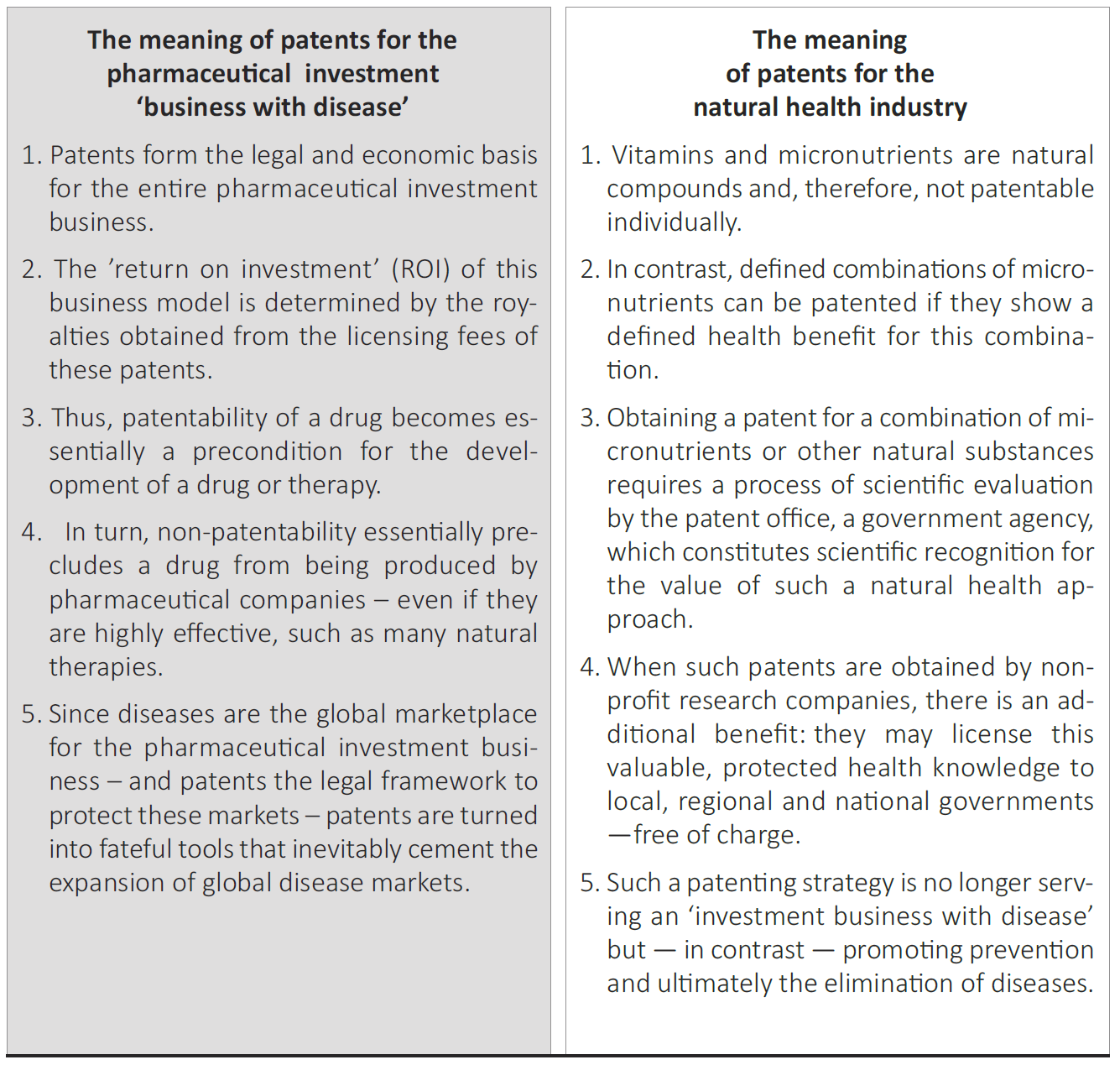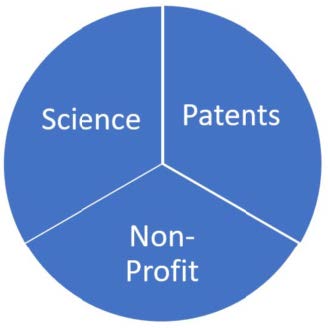The discovery of the connection between vitamin C deficiency and cardiovascular disease, as described on the previous pages, can be summarized in the following illustrations.
A. Optimum vitamin C intake is a precondition for a healthy artery. Note that the connective tissue structure of the blood vessel wall is intact and stable. Moreover, the innermost cell lining (endothelium) does not display any cracks or lesions. This protects the blood vessel wall from harmful depositions of lipids and other blood risk factors.
B. Complete loss of vitamin C, known from the sailors’ disease scurvy, leads to complete cessation of the production of collagen and other molecules that provide principal stability to the blood vessel walls. As a consequence, the artery walls lose their structural integrity, eventually resulting in death from massive blood loss within a few months.
C. Chronic dietary vitamin C deficiency, a condition that affects hundreds of millions of people globally, lies right in between. A sub-optimal dietary intake of vitamin C for years and decades leads to a gradually increasing instability of the blood vessel wall. The developing cracks and lesions require the body to react and deposit lipids and other blood factors as ‘biological mortar’ inside the blood vessel wall – in a desperate attempt to repair the lesions. The dangerous atherosclerotic plaques that eventually can cause heart attacks and strokes are nothing else than an overshooting repair mechanism. The close connection between cardiovascular disease and the sailors disease scurvy is so obvious that it will soon be part of biology classes in the schools of the world.



